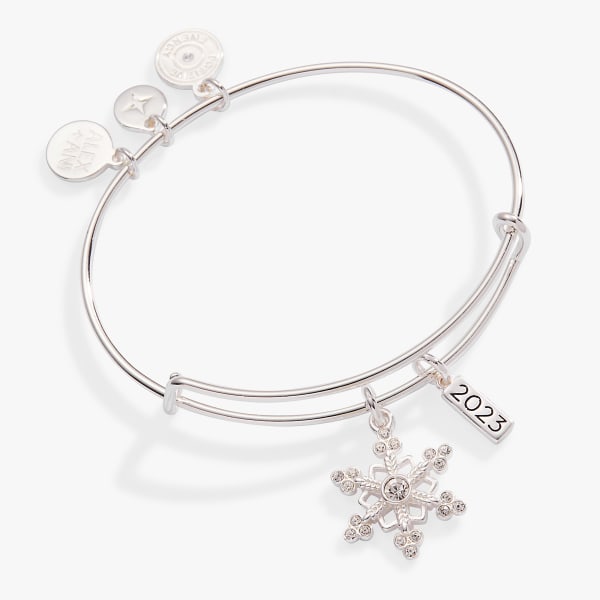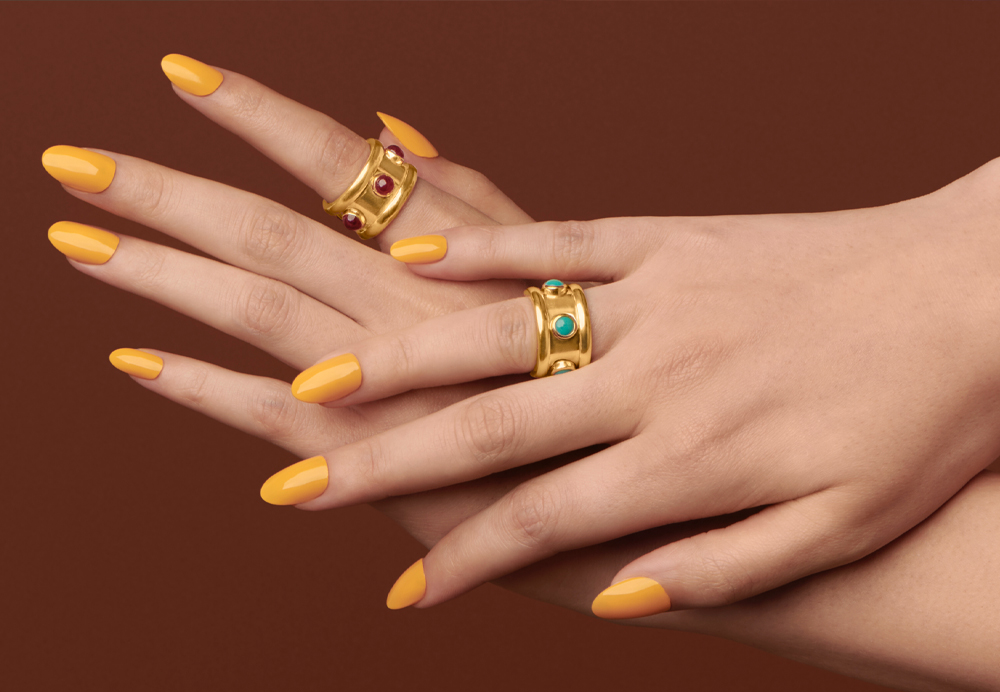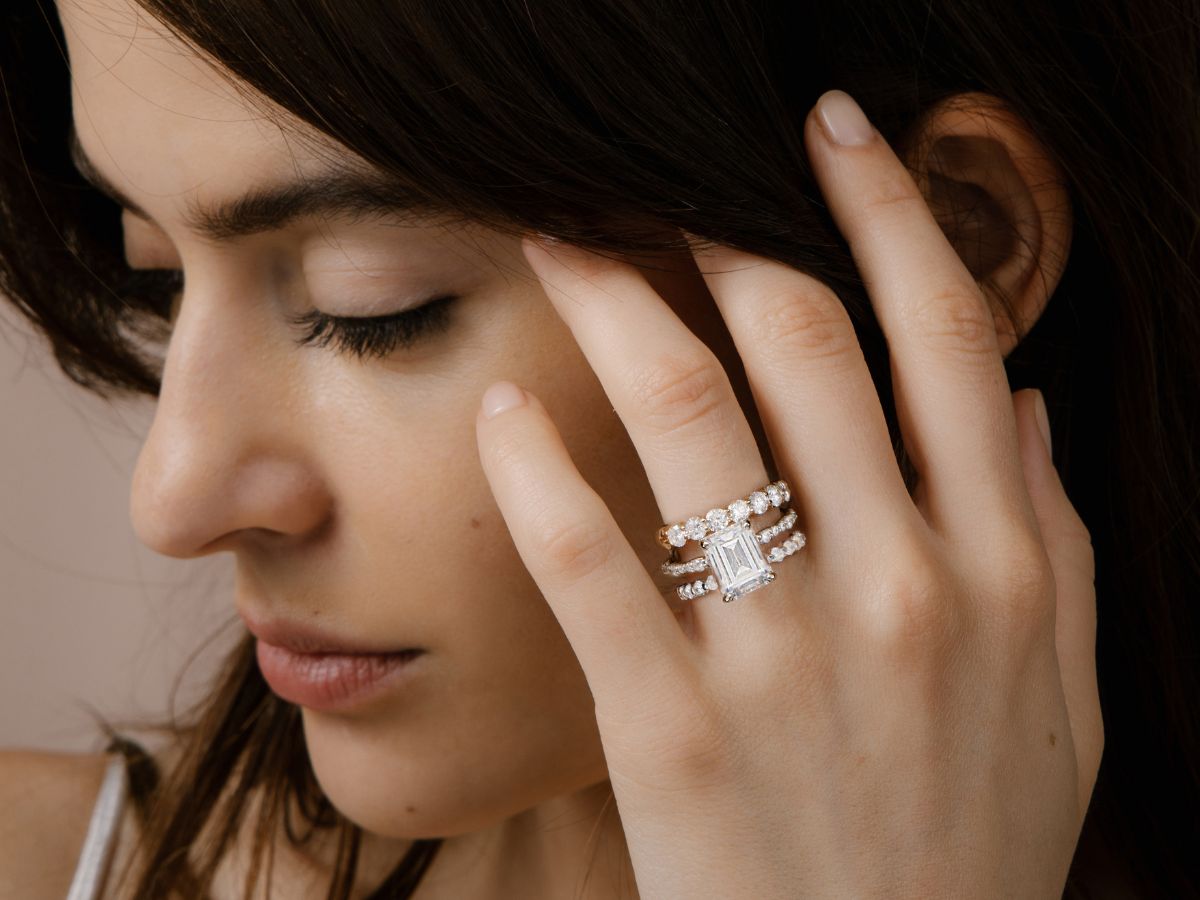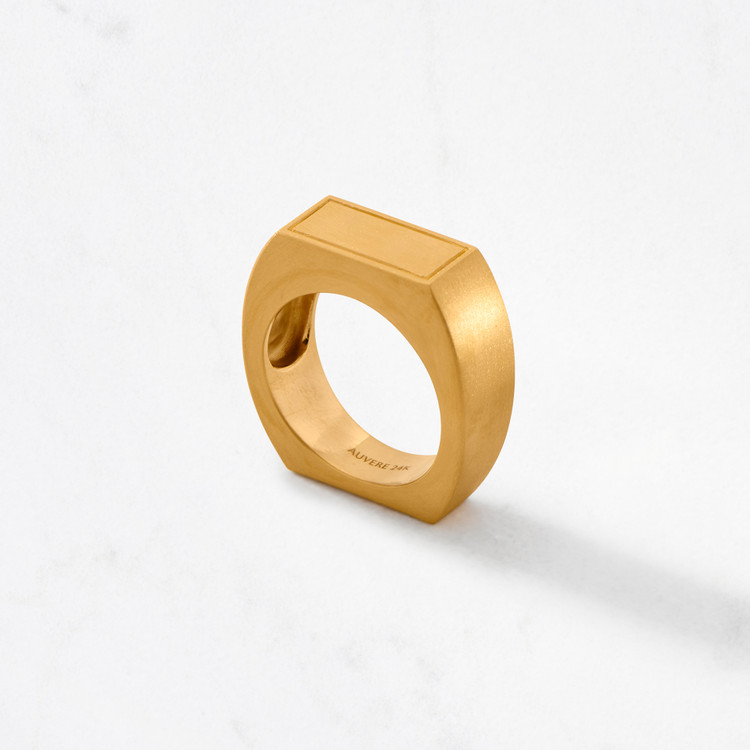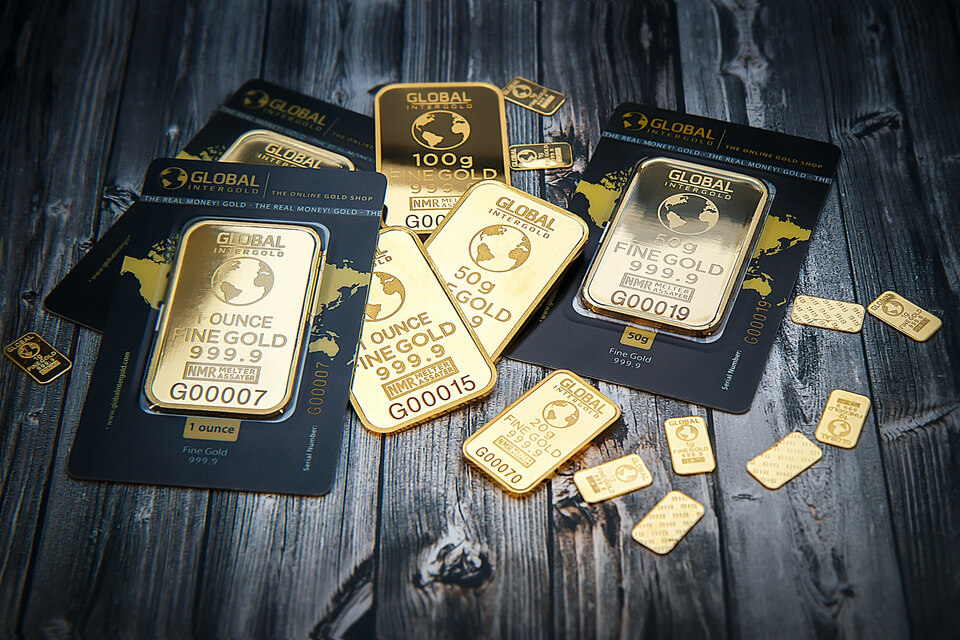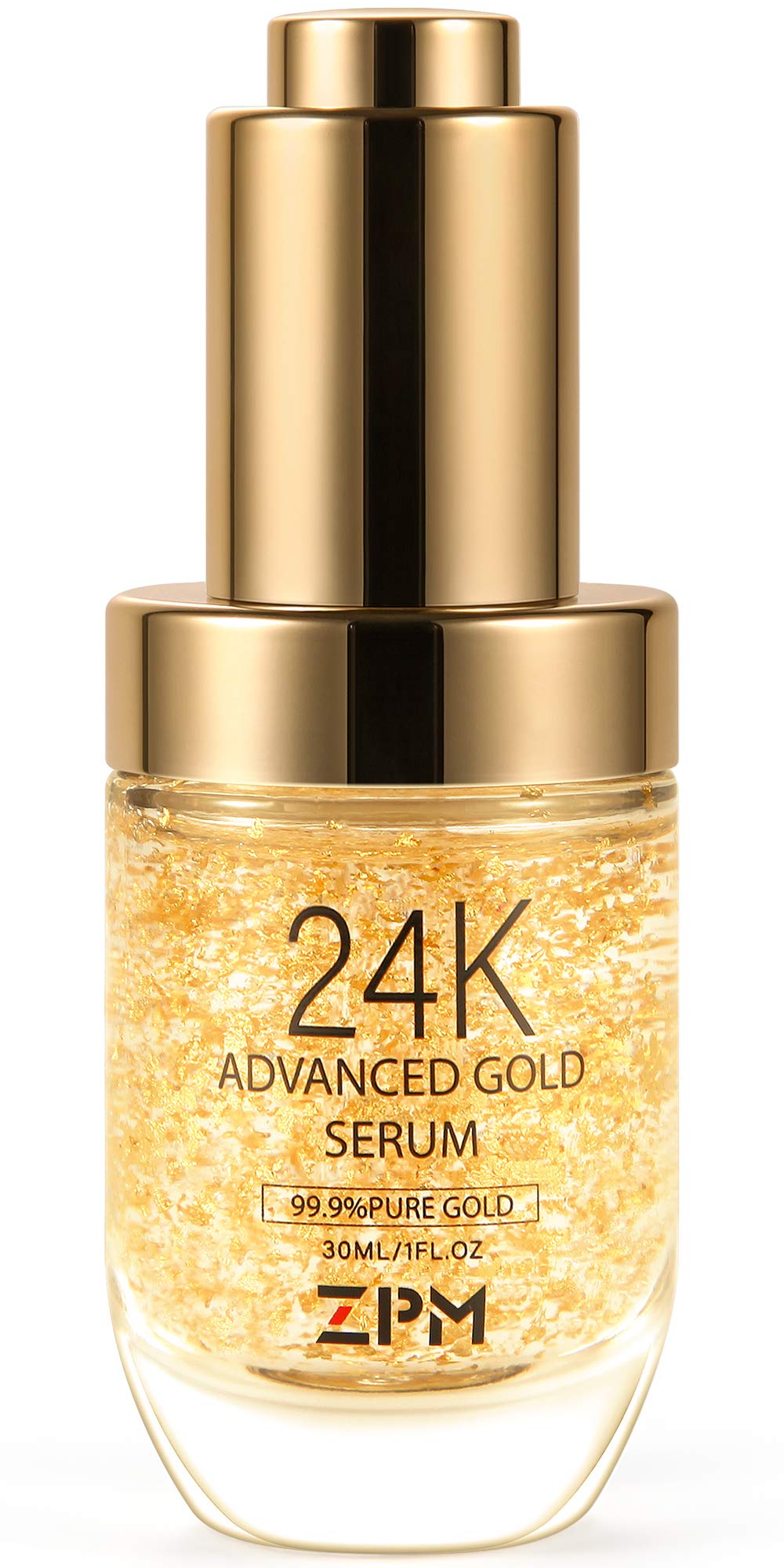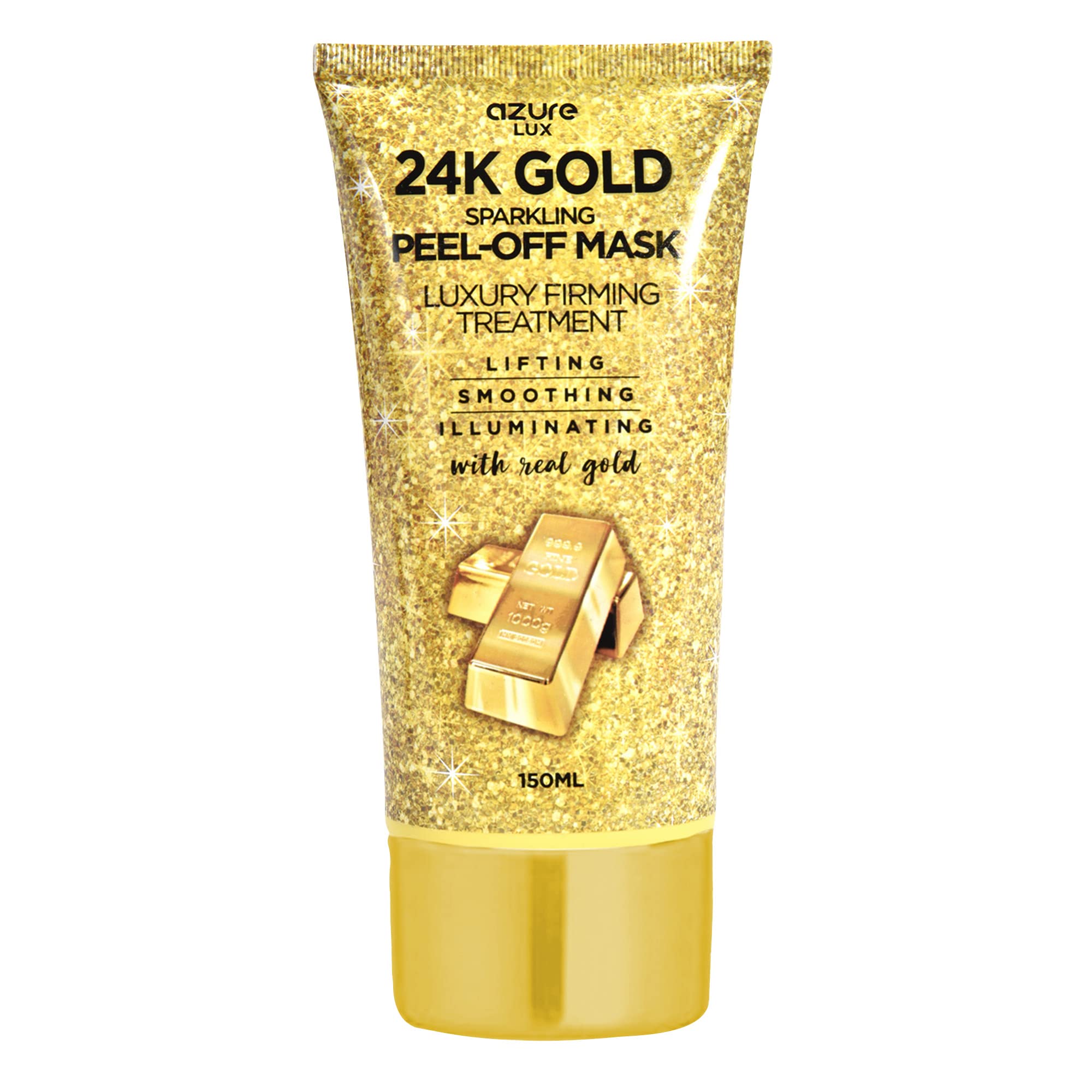Introduction:
925 sterling silver bracelets are not only stylish and versatile accessories, but they also hold timeless appeal and value. With their lustrous shine and durability, sterling silver bracelets are a popular choice for those seeking elegance and sophistication. However, when purchasing a sterling silver bracelet, it’s important to understand the quality, authenticity, and various design options available. In this article, we’ll provide a comprehensive buying guide for 925 sterling silver bracelets. Divided into three parts, each containing two levels of content, we’ll cover important considerations to help you make an informed decision when selecting the perfect sterling silver bracelet.
Part 1: Understanding Sterling Silver and its Quality
Level 1: What is 925 Sterling Silver?
- Sterling Silver Composition: Sterling silver is an alloy composed of 92.5% pure silver and 7.5% other metals, typically copper. The addition of other metals enhances the silver’s strength and durability while maintaining its inherent beauty.
- Hallmarks and Stamps: Genuine sterling silver bracelets are often marked with the number “925” or “S925” to indicate their purity. Look for these hallmarks as an assurance of authenticity and quality.
Level 2: Assessing Quality and Workmanship
- Finishing and Polishing: Examine the bracelet’s finish and polish, ensuring it is smooth and free from any visible imperfections or rough edges. Well-crafted sterling silver bracelets will have a consistent shine and reflectivity.
- Clasps and Fastenings: Pay attention to the quality and functionality of the bracelet’s clasps or fastenings. They should be secure, easy to manipulate, and durable, ensuring the bracelet stays securely on your wrist.
Part 2: Design and Style Considerations
Level 1: Bracelet Styles and Types
- Chain Bracelets: Chain bracelets are a classic and versatile choice, featuring interconnected links that create a fluid and elegant design. They can be dainty and delicate or bold and chunky, depending on personal preference.
- Bangle Bracelets: Bangle bracelets are rigid and often circular in shape, slipping over the wrist for a snug fit. They can be sleek and minimalistic or adorned with intricate details, gemstones, or engravings.
Level 2: Gemstone and Charm Bracelets
- Gemstone Accents: Some sterling silver bracelets feature gemstone accents, adding a pop of color and personalization. Assess the quality and authenticity of the gemstones, ensuring they are securely set and well-matched.
- Charm Bracelets: Charm bracelets allow for customization and storytelling. Consider the variety and quality of available charms, ensuring they are compatible with the bracelet’s design and securely attached.
Part 3: Care and Maintenance of Sterling Silver Bracelets
Level 1: Cleaning and Storage
- Regular Cleaning: Sterling silver bracelets may tarnish over time due to exposure to air and moisture. Use a soft cloth or a specialized silver cleaning cloth to gently polish the bracelet and remove tarnish. Avoid using abrasive cleaners or brushes that may scratch the surface.
- Proper Storage: When not in use, store your sterling silver bracelet in a dry, airtight container or a soft pouch to minimize exposure to air and moisture. This will help prevent tarnishing and scratches.
Level 2: Avoiding Damage and Everyday Wear
- Protecting Against Chemicals: Remove your sterling silver bracelet before engaging in activities that expose it to chemicals, such as swimming in chlorinated water, using cleaning products, or applying beauty products. Chemicals can accelerate tarnishing and potentially cause damage.
- Minimizing Wear and Tear: Although sterling silver is durable, it may scratch or dent if exposed to rough surfaces or excessive force. Take care to avoid impact or friction with hard objects to maintain the bracelet’s pristine condition.
Conclusion:
925 sterling silver bracelets are not only beautiful adornments but also enduring investments in style and elegance. By understanding the composition and quality of sterling silver, as well as considering the design options available, you can make an informed decision when purchasing a bracelet that suits your style and preferences. Remember to assess the bracelet’s craftsmanship, authenticity, and design details, ensuring it aligns with your personal taste. With proper care and maintenance, your sterling silver bracelet will continue to shine and be a cherished accessory for years to come. So, follow this comprehensive buying guide, select the perfect sterling silver bracelet, and enjoy the timeless beauty and versatility it brings to your jewelry collection.


